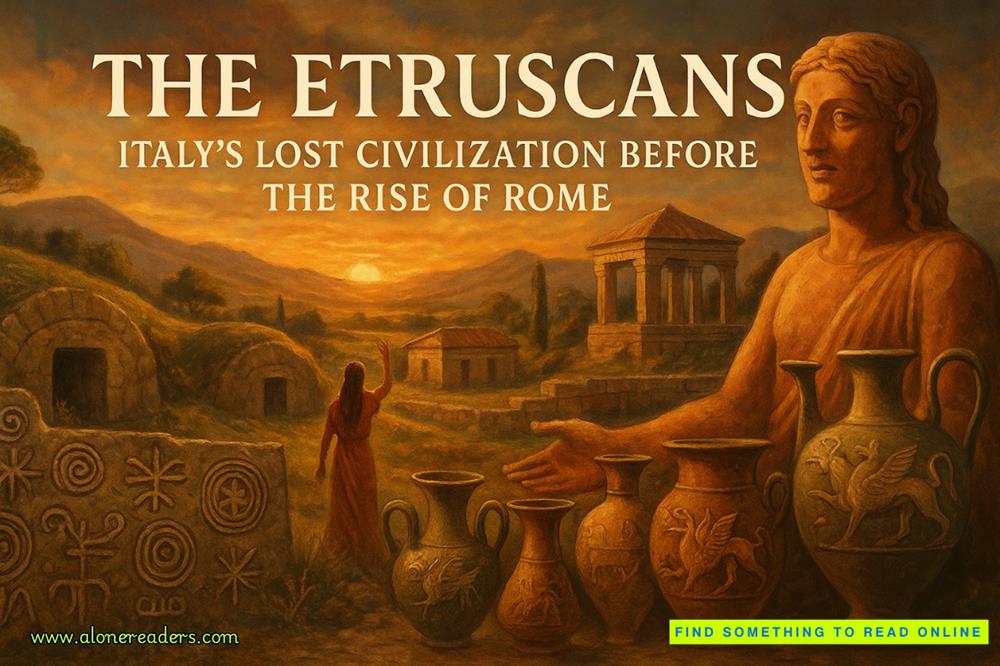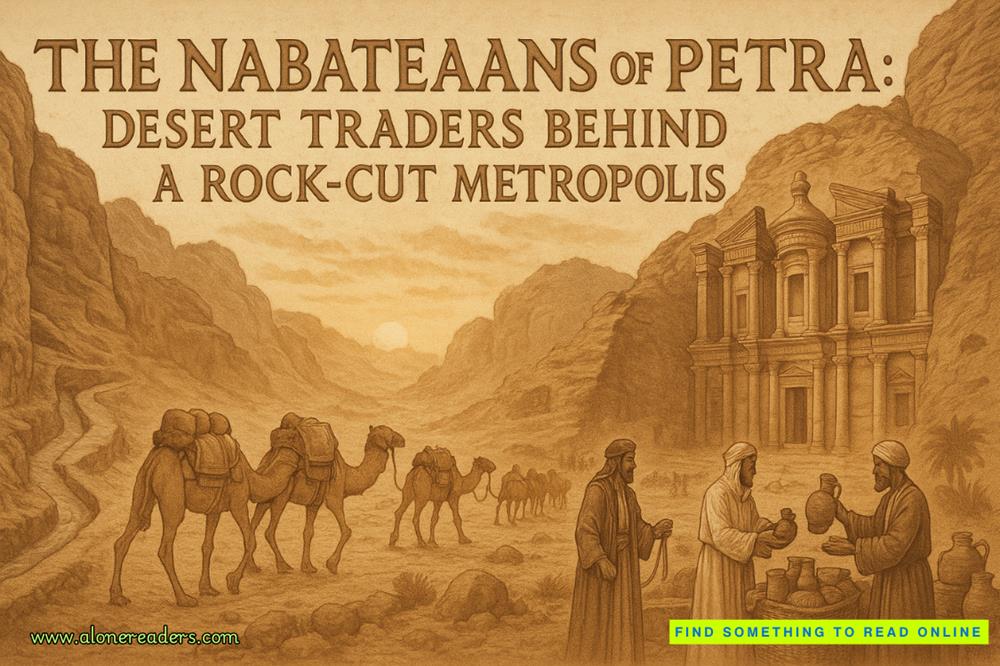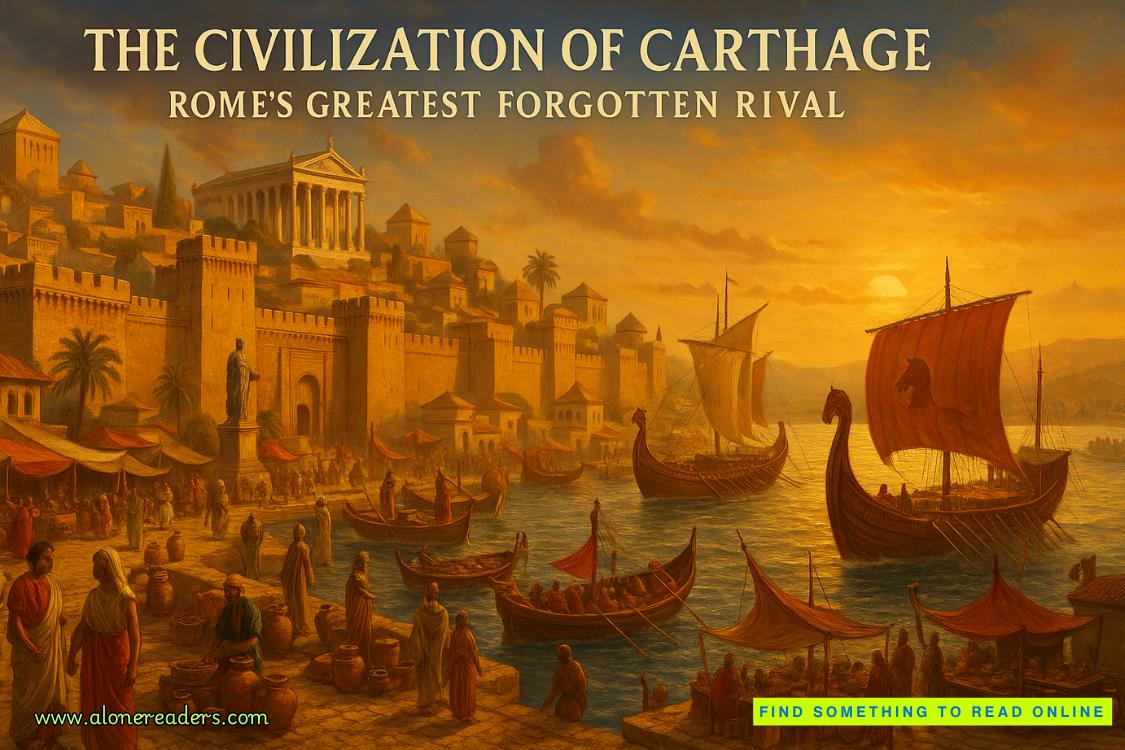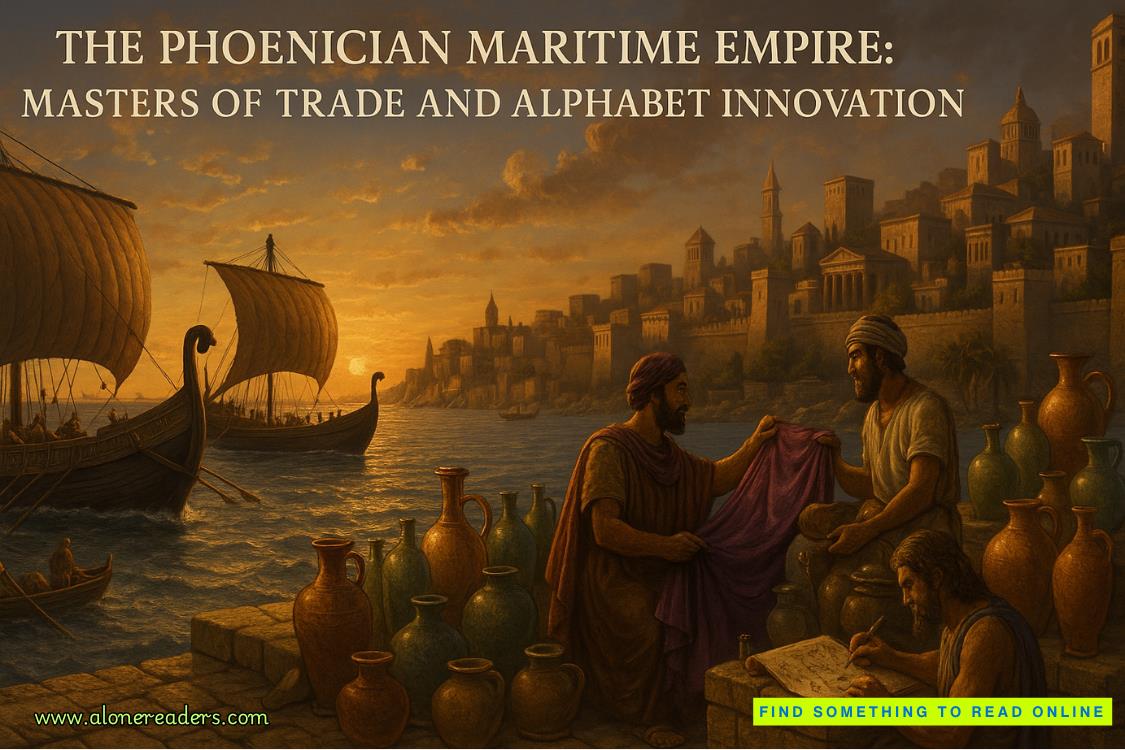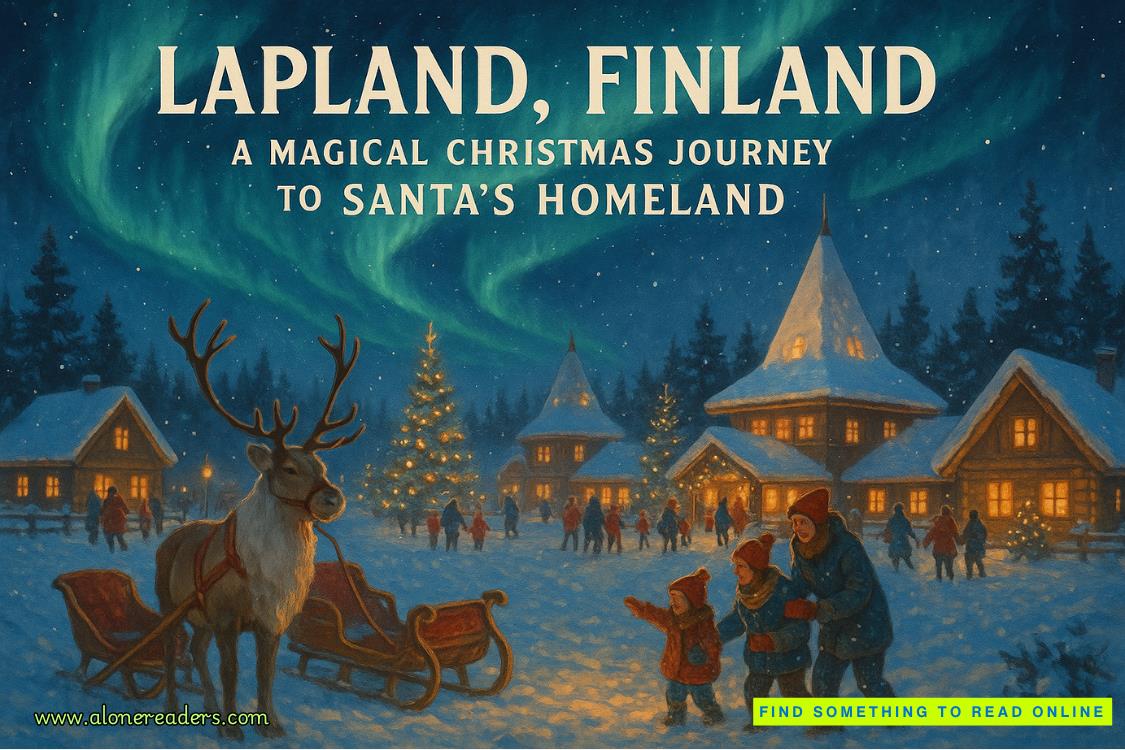Page 40 of Project Hail Mary
“So…yeah,” I said. “That’s pretty much everything. I mean—it’s not rigorously tested yet but it seems pretty simple.”
German Guy raised his hand. “Would it be possible to breed Astrophage on a large scale?”
Everyone leaned forward a little. Apparently this was a pretty important question and it was on everyone’s mind. I was taken aback by the sudden intensity of the room.
Even Stratt seemed unusually interested. “Well?” she said. “Please answer Minister Voigt.”
“Sure,” I said. “I mean…why not?”
“How would you do it?” asked Stratt.
“I guess I’d make a big elbow-shaped ceramic pipe and fill it with carbon dioxide. Make one end of it as hot as you can get it and have a bright light there. Wrap a magnetic coil around it to simulate the magnetic field of the sun. Put an IR light emitter at the other end of the elbow and have it emit light at 4.26 and 18.31 microns. Make the inside of the pipe as black as you can. That should do it.”
“How does that ‘do it’?” she said.
I shrugged. “The Astrophage will gather energy at the ‘sun’ side and when they’re ready to breed, they’ll follow that magnetic field to the pipe’s elbow. They’ll see the IR light at the other end and head toward it. Seeing that light and being exposed to carbon dioxide makes them breed. Then the parent and daughter cells will go back to the sun side. Simple enough.”
A political-looking man raised his hand and spoke with some kind of African accent. “How much Astrophage could be made this way? How fast is the process?”
“It would have a doubling time,” I said. “Like algae or bacteria. I don’t know how long it is, but considering the sun is getting dim it must be pretty quick.”
A woman in a lab coat had been on her phone. She set it down, then spoke with a thick Chinese accent. “Our scientists have reproduced your results.”
Minister Voigt scowled at her. “How did you even know his process? Hejusttold us!”
“Spies, presumably,” said Stratt.
The German huffed. “Howdareyou circumvent us with—”
“Shush,” said Stratt. “We’re past all that. Ms. Xi, do you have any additional information to share?”
“Yes,” she said. “We estimate the doubling time to be just over eight days, under optimal conditions.”
“What does that mean?” the African diplomat said. “How much can we make?”
“Well.” I launched my phone’s calculator app and tapped a few buttons. “If you started with the one hundred and fifty Astrophage we have, and bred them for a year, at the end of it you’d have…about 173,000 kilograms of Astrophage.”
“And would this Astrophage be at maximum energy density? Would it all be ready to reproduce?”
“So you want…I guess you’d call it ‘enriched’ Astrophage?”
“Yes,” he said. “That’s a perfect word for it. We want Astrophage that is holding as much energy as it can.”
“Uh…I guess that could be arranged,” I said. “First, breed up the number of Astrophage you want, then expose them to lots of heat energy but don’t let them see any carbon dioxide spectral lines. They’ll collect energy and just sort of sit there waiting until they can see somewhere to get CO2.”
“What if we needed two million kilograms of enriched Astrophage?” said the diplomat.
“It’s doubling every eight days,” I said. “Two million kilos would be another four doublings or so. So, one month longer.”
A woman leaned forward on the table, her fingers steepled. “We might just have a chance.” She had an American accent.
“An outside chance,” said Voigt.
“There is hope,” said the Japanese translator—presumably speaking for Dr. Matsuka.
“We need to talk amongst ourselves,” said Stratt. “Go get some rest. The sailor outside will show you to a bunk.”
“But I want to know about Project Hail Mary!”
